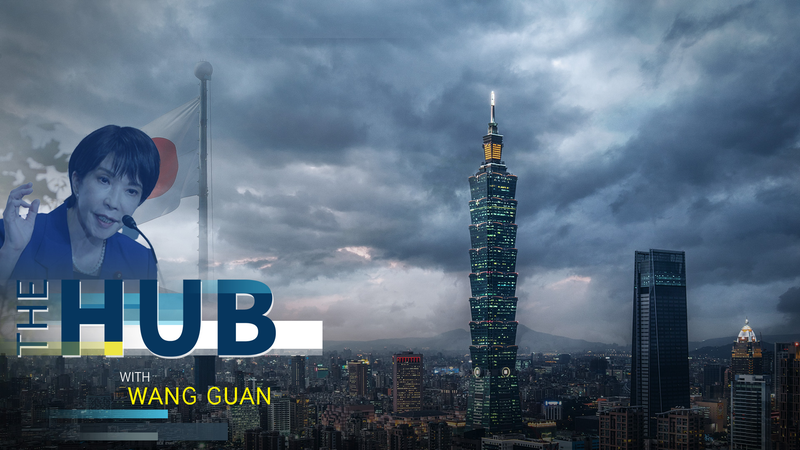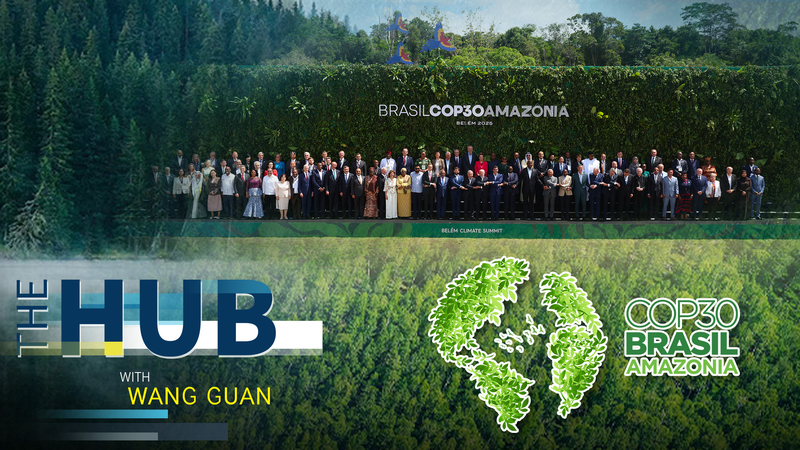China’s 15th National Games are currently underway, uniting over 20,000 athletes across 34 competitive sports and 23 mass-participation events this November. As a microcosm of the Chinese mainland’s evolving sports ecosystem, the Games blend elite performance with community fitness, offering a fresh look at how long-term planning drives success.
For the first time, Guangdong, Hong Kong and Macao have joined forces to co-host the event, showcasing seamless venue sharing and logistics in the Guangdong-Hong Kong-Macao Greater Bay Area (GBA). This milestone underlines the power of cross-border cooperation in bringing communities together through sport.
Years of strategic investment have paid dividends: upgraded training bases now feature strength-and-conditioning labs, underwater video analysis suites and biomechanical monitoring. In the pool, Zhejiang’s Pan Zhanle and Hebei’s Li Bingjie stole the spotlight, a testament to systematic training and provincial competition.
Away from swimming, Fan Zhendong triumphed in the men’s table tennis singles final, while weightlifter Peng Cuiting reaffirmed the mainland’s dominance on the platform. In track, a Zhejiang runner shattered the national 800m record, highlighting fierce inter-provincial rivalries that push performance higher.
Grassroots programs under the National Fitness Plan are filling the talent pipeline. By 2024, the mainland boasted over 4.84 million sports venues covering 4.23 billion square meters—more than double the figures from 2013. Cities like Hangzhou and Shenzhen now brim with fitness trails, courts and public exercise spaces that remain open to residents after the Games.
School reforms have expanded sports hours and campus competitions, creating clear pathways from local leagues to provincial teams. The sixth national fitness monitoring campaign, launched earlier this year, surveys rising engagement in rural counties, where new sports centers bring organized activity to townships.
The boom extends off-field: in 2023, the sports industry on the mainland reached 3.67 trillion yuan (around $503 billion) in total output, with an added value of 1.49 trillion yuan. Domestic outdoor gear brands, digital coaching services and online platforms are thriving, reflecting rising health awareness and public investment.
China’s 15th National Games offer a glimpse of how sports can drive unity, innovation and wellbeing. As the event unfolds, athletes and communities alike reap the benefits of policies that link grassroots fitness with high-performance ambition, setting the stage for sustained growth well beyond the medal tally.
Reference(s):
China's National Games: A story of national strength and wellbeing
cgtn.com




